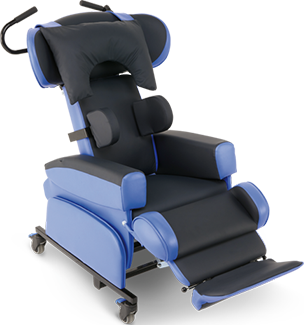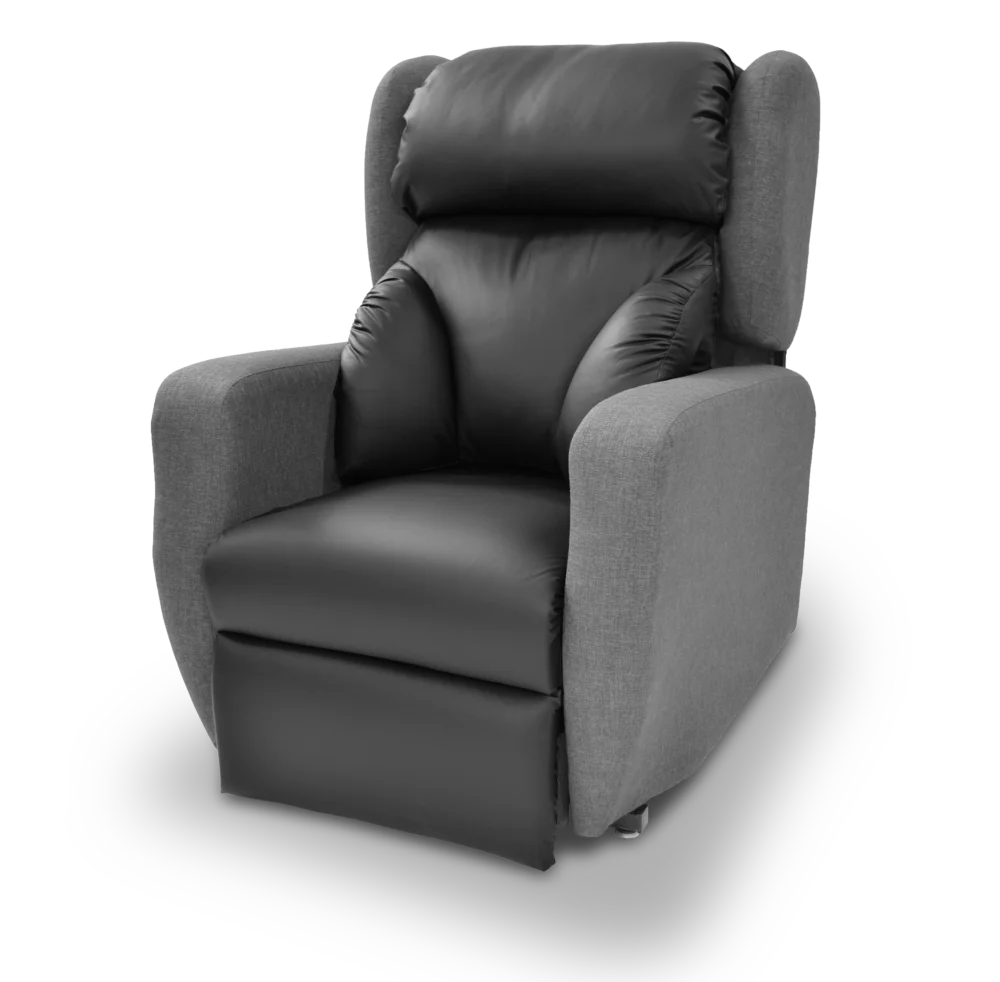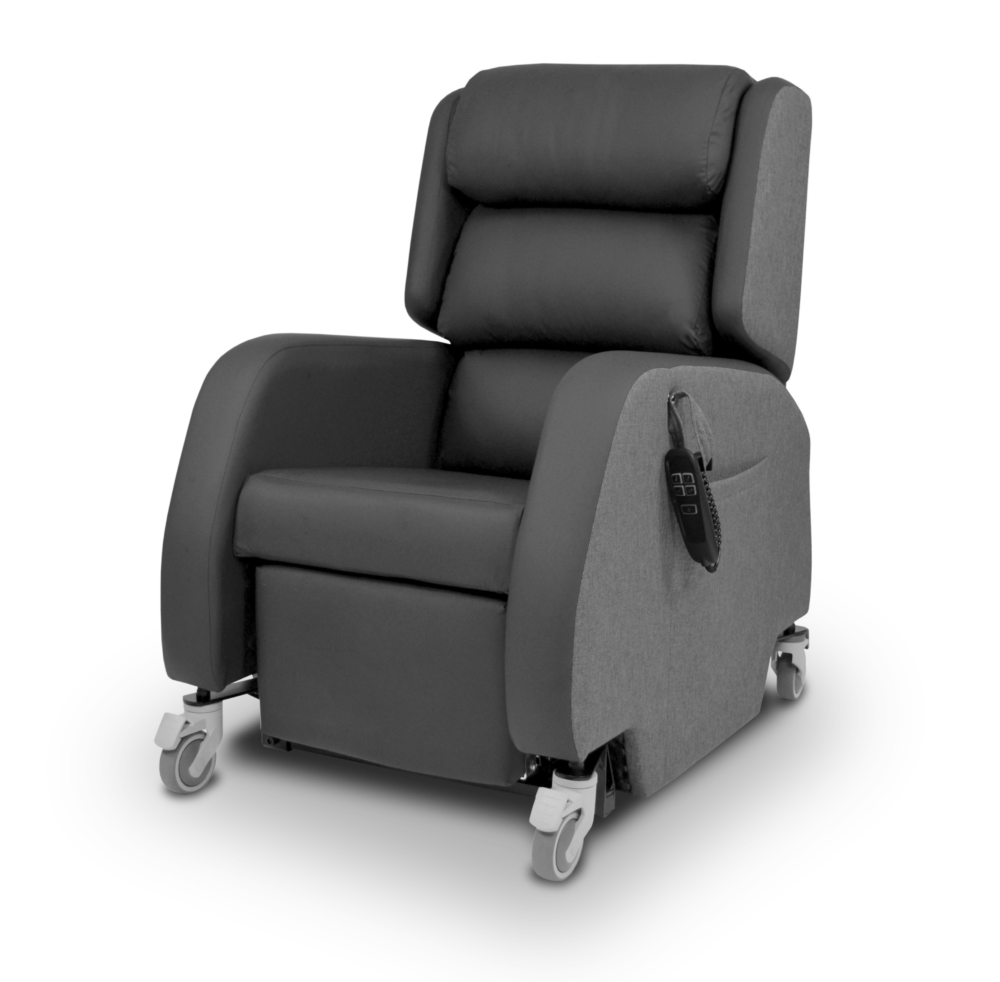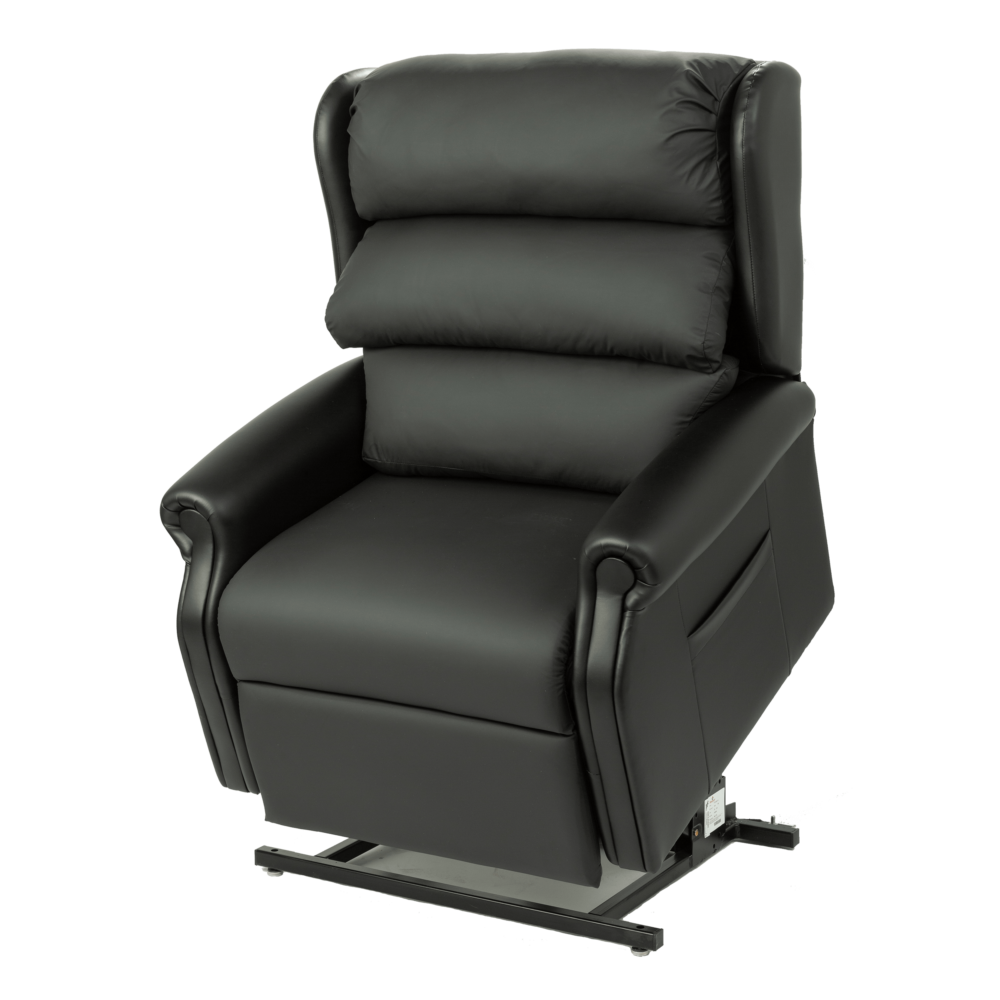What is pelvic obliquity?
A pelvic obliquity is when an individual presents with an asymmetrical pelvis and falling to one side, with one anterior superior iliac spine higher than the other.
This postural challenge can be associated with a scoliosis, an asymmetrical trunk posture, pelvic rotation and an increased risk of pressure injury over the ischial tuberosity on lower side of the pelvis.
What are the causes?
- Incorrect seat dimensions
- Asymmetrical trunk weakness/abnormal muscle tone
- Scoliosis or other structural deformity of the spine
- Spinal surgery
- Limitations of hip range of movement
- Hip trauma, dislocation or subluxation
- Asymmetrical pain or discomfort in the trunk or lower limbs
- Fatigue and the effects of gravity
Are there any seating solutions that can help?
Management will depend on whether the pelvic obliquity is correctable or if it is fixed, which can be identified during a comprehensive assessment. The aim is to support the pelvis in all planes of movement; the pelvis is the foundation to a stable sitting posture as it dictates what happens to the body above and below. Seating solutions include:
- Ensuring correct seat width and arm rest height
- Building up the base under the lower side of pelvis, if correctable
- Building up the base under the higher side of the pelvis to encourage equal weight distribution, if fixed
- Adequate trunk support, either through a contoured back or lateral support
- Ensuring back angle accommodates hip range of movement
- Addressing any originating or resulting scoliosis
- Considering the length of time sitting and adjusting care plan accordingly



















